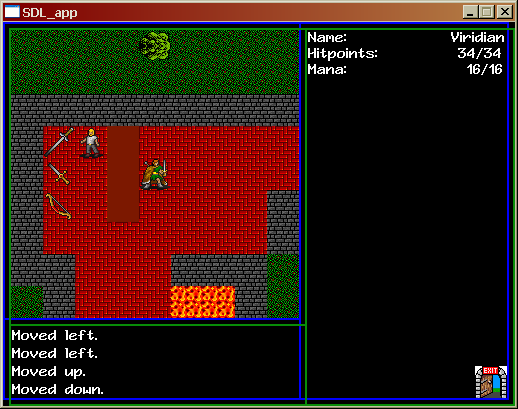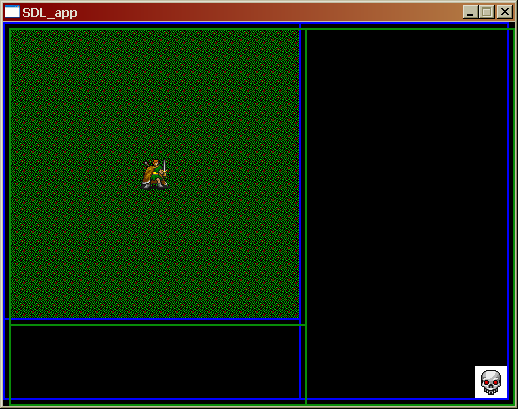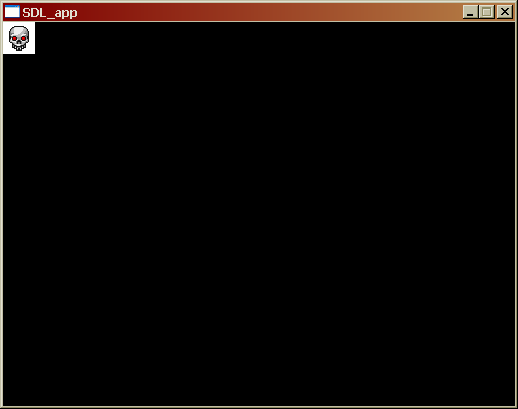It’s now been almost a week since I worked on my RPG, and if I don’t do something soon, I’m afraid I might just let the project lapse. I refuse to allow that to happen.
I intended to work on it over the weekend, but my son was sick. I will get some work on it done over the Thanksgiving weekend, however.





